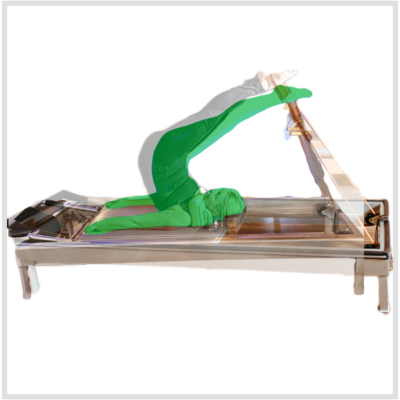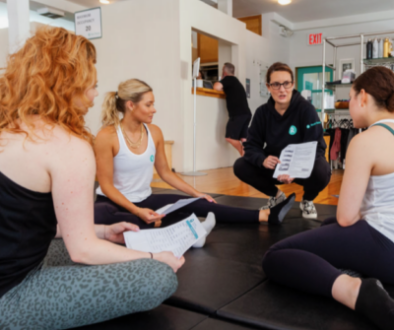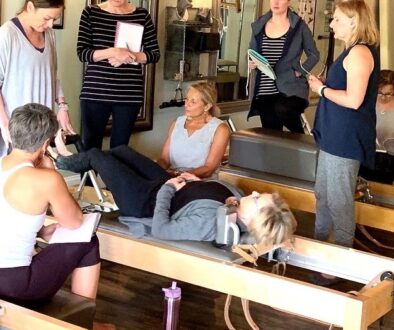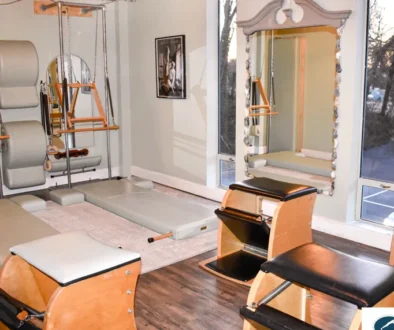LEARN: Archival 80 inch Gratz Reformer Review
Some of you may notice one of our reformers is a little shorter than the others. Most traditional reformers are 86 inches long. This beauty is the 80 inch Gratz Archival Reformer. Pilates apparatus connoisseurs geek out at the subtle differences and how they impact the workout.
Evolution of the size of the Pilates Reformer
Joe Pilates did not mass produce his apparatus. He first invented his equipment to assist him in creating kinetic feedback for his clients. Some inventions became a staple in the system we now call Pilates and some are part of history (google V-bed). Although Joe custom built for his clientele, 80 inches was the average length of his standard studio reformer based on historical evidence. Dimensions changed as more manufactures entered the market and they received feedback from Pilates teachers and industry leaders.
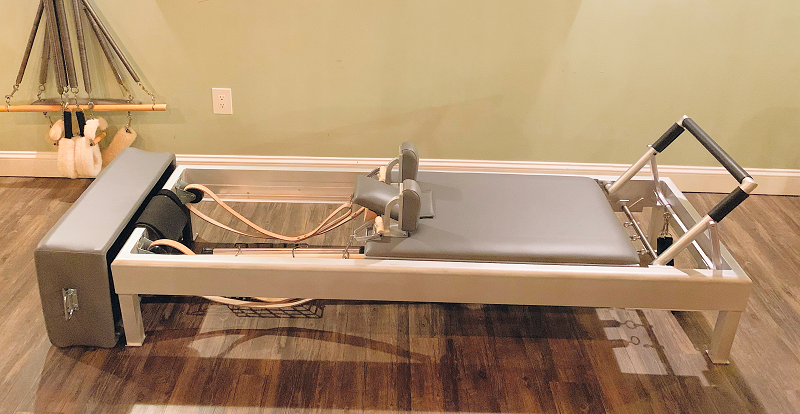
What’s the Difference?
1. The SHORTER STRAPS
The shorter length of the leather straps makes the most impact when differentiating the workout on an 80 inch reformer as opposed to an 86 inch reformer. The space between the carriage (the bed that moves) and the back frame (the well) is where the 80 inch reformer is 6 inches shorter the the 86 inch reformer. The leather straps attaching from the carriage to the back frame, and then back to the carriage will be shorter. This affects the angle of contact at the back frame, which in turn affects the force and power of the tension.
Feet in straps: In this illustration, short spine on the 80 inch is superimposed in green over the image of short spine on the 86 inch reformer. With shorter straps, the hips are pulled more vertically over the ribs in the inversion. The acute angle of the hips/thighs ratio is smaller. When executing the full exercise, according to individual needs, more power, control, and flexibility is required.
Hands in straps: The same thing occurs when holding the handles. In hundred, more exertion is required to curl to the tips of the shoulder blades. The advantage in control of the shorter distance to the back of the reformer is that it’s easier to find in the shoulder girdle and when connecting into the upper abdominal curl. In teaser, I find the deeper angle and closer proximity that supports the shoulder girdle makes articulation through the stuck spots more successful. Then while you are holding the balance when moving the arms, it truly becomes a full body exercise.
A persons height is a factor in feet in straps. Someone with a longer body will not be able to straighten their legs from frog. A seasoned practitioner may find this awkward at first, then accept it as a challenge to straighten their legs while lifting the hips (see Sources – Lesley Logan). Personally, this is when I switch to the 86 inch reformer for my taller clients.
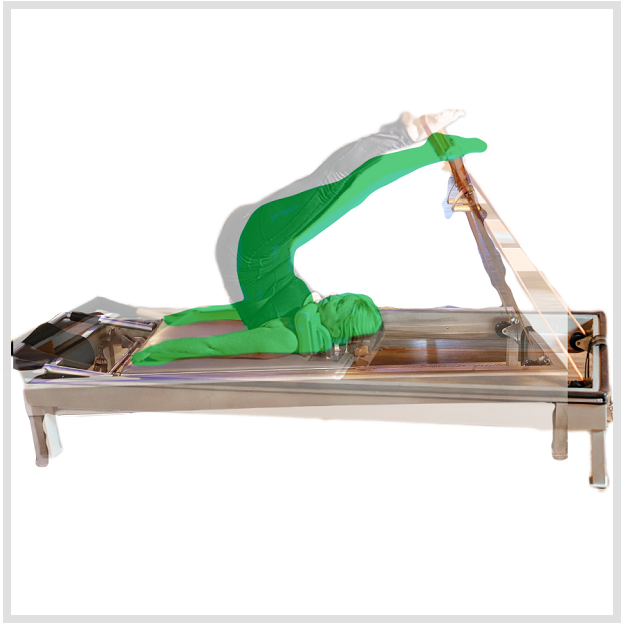
2. The SHOULDER RESTS
The shoulder rests are shorter. I find this especially nice in stomach massage with hands back. A shorter person may struggle with shoulder flexibility when trying to get the palms of their hands on top of the shoulder rest. Instead of modifying by pressing knuckles down into the carriage, access to pressing into the shoulder rest helps elongate the spine and lift the back. There is also a slight indentation under the shoulder pad on the carriage. In exercises like elephant, pressing the heel of the foot into that lower angle, getting underneath of the shoulder rest, adds intensity.
3. The FOOT BAR
The foot bar is a tad bit lower on the 80 inch reformer because the “kickstand” legs are shorter. Long stretch may be more difficult because your whole body has to get lower to hold proper alignment and you have to close the carriage further forward. In stomach massage, it’s easier too get your feet on the foot bar and less compression in the hips. Smaller people will find it easier to push out from the hips to find centering. In footwork, I find that with the legs lower, I’m able to more easily get into the back body.
Another archival feature is no padding on the foot bar. My biggest aha moment came when I was studying tendon stretch with Clare Dunphy-Hermani. My hands were able to connect to the foot bar and access the kinetic chain of the 2-way stretch in the upper and lower body. Getting the hips in the air was effortless in the extremities but intense from the center.
4. The GEAR BAR
The gear bar sits lower because the indentation is deeper. This allows the dimensions to stay the same between the lower foot bar and springs. Some may find this change of depth, from spring end to carriage, positively impacts the kinetic chain.
5. The PADDING
Less padding is less forgiving. Some may feel the body floating on top of the carriage instead of sinking into the padding. Clients with coccyx injuries may find this uncomfortable. Personally, I found the padding a bit too hard and Gratz added an extra thin padding to my custom design.
6. NO JUMPBOARD
The 80 inch is too short for executing jumps.
CONCLUSION: If you are a teacher and only have one reformer, I would go with the 86 inch for your taller clients and access to the jump board. But if you are adding another reformer, or looking for a personal reformer, I would get the 80 inch. I find the dimensions have a more kinetic connection to the body for self practice. When teaching clients, the exercises are more difficult to execute. The teacher’s job becomes easier, because the individual needs will be more apparent.
Sources: Gratz website, What Length Reformer Should I Use – Lesley Logan, Old Dog –
New Trick: Pilates equipment – A Brief Historical Overview – Kevin Bowen
Author: Stefanie O’Rourke
Comprehensively Certified Pilates Teacher
Owner, Chesapeake Pilates Center, Host Studio Real Pilates Teacher Training
Annapolis, MD.
Link to BIO
National Certified Pilates Teacher #15492
PhysicalMind Institute, Comprehensive 2004
Clare Dunphy Advanced Classical Seminar, 2019
Alycea Ungaro’s Real Pilates Teacher Training, Comprehensive Bridge 2022

